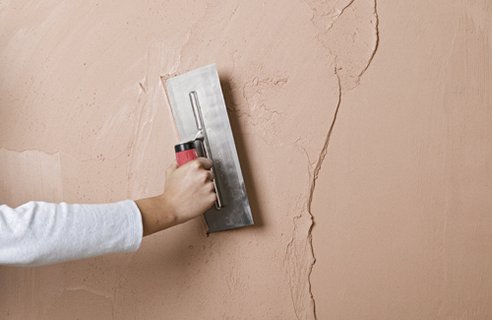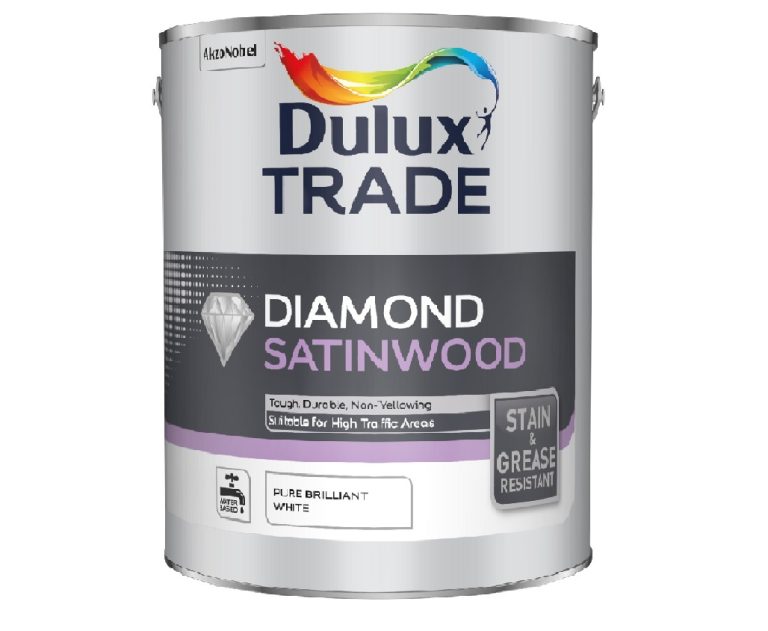For those who sit outside of the plastering trade, a question that gets commonly asked is ‘what is the difference between plastering and rendering?’ While some may just want to seem more in-the-know when they’re talking to the plasterer, others may be struggling to distinguish between what are two very similar practices. Fundamentally, the two main differences lie in their use and their composition. In terms of practical use, rendering is the coating of external walls, whilst plastering is the coating of interior walls. Whilst both are composed primarily of cement, sand, water and lime gypsum, render features a much heavier composition. Here, we discuss the purposes of both so you can help separate the two once and for all. The Purpose of Rendering Rendering is the process of coating the exterior surfaces of buildings; a process used to waterproof and fireproof the exterior, as well as enhance the aesthetics. Render material is made up of the same ingredients as plaster but features a much heavier cement base, which makes it fit for external purposes. Fine sand and lime gypsum are utilised in the mixture in order to provide a smooth finish. Render represents the final layer on exterior walls, and can be finished as smooth, flat, textured or patterned, depending on the requirements of the client. The Purpose of Plastering Plastering is the process of coating the interior walls and ceilings of a building, so they’re fit for painting or wallpapering. The mixture contains less cement than that of render and utilises less coarse sand, which provides a lighter, smoother finish than its external counterpart. Whilst both are mortar coatings that rest on top of blockwork, plaster is not weather resistant, offering more of a decorative function that is water repellent and easily cleaned. It also holds fireproofing qualities, particularly in older buildings that are constructed from mud or clay. Of course, both share strong similarities. Their makeup includes the same ingredients, and their functional purpose is more or less the same. The important point to distinguish is their differing anti-abrasion properties. For a new house build, it’s essential the exterior is comprehensively rendered to avoid damage and potential collapse from moisture build up. When plastering, make sure to leaves freshly laid plaster for anywhere from a week to a month to dry before beginning painting or wallpapering. Naturally, such jobs are best carried out by a professional, so search for ‘local plasterers near me’ to find a quality, good value tradesmen to do the job for you.






